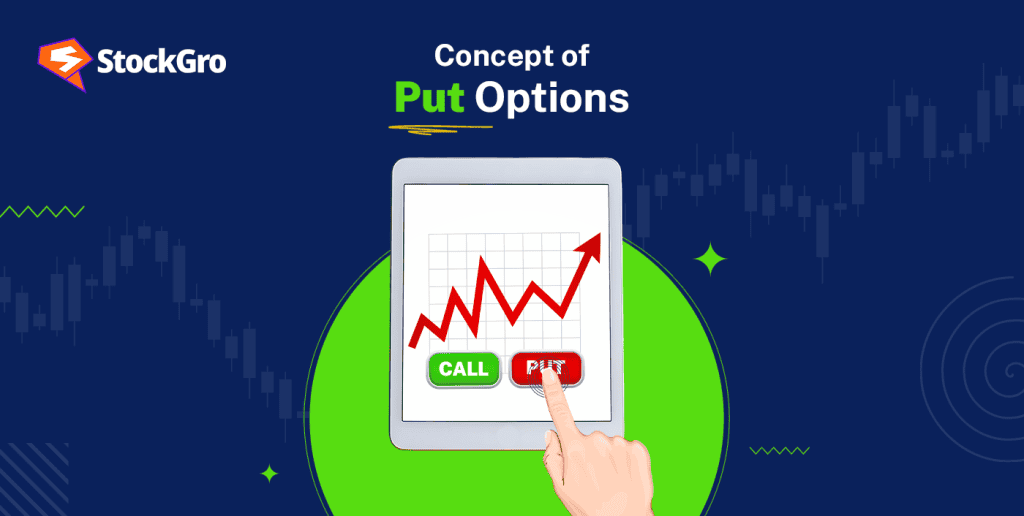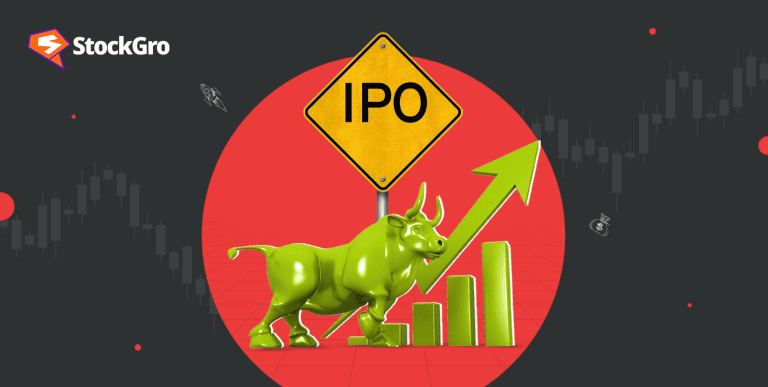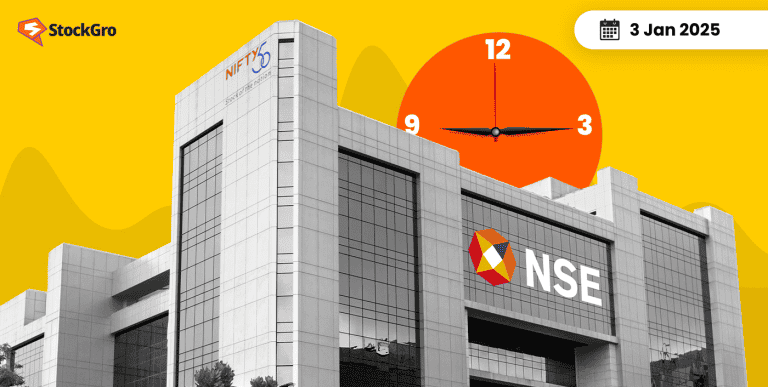
Derivative contracts are an efficient way of managing risk. These are also used for speculation and trading. There are two variants of derivative contracts: Futures and Options. Option contracts further have two types called Put and Call options.
In this article, we will understand with examples how a put option contract works and how it can be used for risk management and hedging purposes.
What are put options?
A put option is a derivative contract that gives its holder the right to sell an asset at a preset future date at a preset price and quantity. This is a right and not an obligation, meaning that the holder of a put option can opt not to sell their asset by the time a put contract expires. Put options are used for protecting against or betting on downward market movements.
Also read: Using options and derivatives in investment
Before delving into the example let us look at the components of a put option:
- Strike price: Strike price refers to the price at which the investor wants to sell their assets in case the market price for that assets falls and they decide to exercise their options.
- Premium: A put option can be purchased by paying a premium meaning that investors need to pay a certain percentage of the total value of the underlying asset. This amount is preset.
- Lot size: Lot size means the quantity of the asset that an investor is looking forward to trade in case they choose to exercise the option.
- Expiry: It refers to the time horizon after which the put option contract will expire. Investors holding a put option can only exercise it in the pre-defined time period.
Let us understand this with a simple example. An investor holds 100 shares of company x, priced at ₹100. The investor believes that the price of these shares might fall in the next month due to certain reasons.
The investor buys a put option with a strike price of ₹100, lot size 100, with a one-month expiry, paying a premium of 5% of the total value of the underlying asset. In this case, it will be 5% of ₹100 multiplied by 100 shares, that is – ₹500. Now, let us look at how different scenarios the investor can exercise this option.
Scenario 1: Price of share is below ₹95
In this case, suppose the price of a share falls to ₹90. So, the total value of shares is ₹90 * 100 = ₹9,000. Meaning that the investor is incurring a loss of ₹1000.
So, the investor will exercise the put option and sell the shares for ₹100 * 100 shares = ₹10,000.
Now, their total gain would be ₹500, which is the amount of money saved with the help of the option ₹1000 after deducting the amount of premium paid ₹500.
In other words, the value of their option will become ₹500 + ₹500 = ₹1000
Scenario 2: Price of share is between ₹95 and below ₹100.
In this case, let us assume that the price is at ₹98. The total value of shares becomes ₹98 * 100 = ₹9,800. The investor is incurring a loss of ₹200.
In this case, when the investor exercises the put and sells the shares for ₹100 for a total value of ₹10,000, they save ₹200 with the help of the put option.
Now, their total loss will be ₹300 is the difference between the amount of premium paid ₹500 and the amount recovered from exercising the option ₹200. In other words, ₹300 is the remaining value of the option.
Scenario 3: Price of share is ₹100 and above.
In this case, it does not make sense to exercise the option. So, the total amount of money that the investor would lose would be ₹500. That is the premium paid.
Also read: Understanding the pricing of options through binomial option pricing models
How is a put option used?
Put options have dual use: hedging and speculation. The value of options is calculated using complex mathematical equations.
- Hedging: When an investor feels that the price of shares can dip, they can buy a put option and limit their loss to the extent of the premium paid. Portfolio managers and investors usually buy options to safeguard their portfolios before upcoming major events like budget announcements, central bank policy, elections, etc, that might increase downside volatility.
- Speculation or trading: When the market falls, the value of the put option increases. Traders buy and sell options to gain quick profits. When selling a put option, an option seller will make money if the market does not fall. Options are very volatile and thus very risky. In India most traders trade stock options and index options.
Also read: Stock options – The beginner’s guide to the options market
Conclusion
There are a lot of elements associated with put options that might lead them to be highly volatile. Put options can be a very effective way of hedging your portfolio against market risks, but they can be risky when used for speculative purposes. A trader must understand the risks associated with put options and all the various factors like delta, gamma, theta, vega, etc, popularly known as option Greeks. Trading options is a very high-risk reward game and might lead to financial ruin if not done properly.
FAQs
- What are put options?
Put options are a type of derivative contracts that are used to bet against the market or protect from downside risk. The holder of a put option obtains the right to sell their asset at a pre-defined time, price, and quantity. Put options are used extensively by portfolio managers to protect the portfolio from downside risk.
- Are put options risky for trading?
Yes, trading options is very risky. Options are highly leveraged instruments, and their price can fluctuate a lot if the price of underlying instruments fluctuates. Not just put options but call options have similar risks. Options trading must be learned properly, and its risk must be properly understood.
- What are the uses of a put option?
Put options are used for hedging and speculative purposes. A put option is used by investors to protect their portfolios from adverse market movements, and speculators use put options to make a quick gain. Call options have similar uses. Put options are used to make certain indicators like the Volatility Index (VIX).
- How is the value of the put option calculated?
The value of put options is calculated using a complex mathematical formula known as the Black-Scholes model. This formula uses the time to expiry, spot price, volatility, time to expiry, etc, to calculate the value of put and call options. However, traders and investors already get this value calculated in most options trading platforms.
- What is the difference between an American and European style option?
The main difference between an American and European style option is in terms of their time of exercising. A European-style option can be exercised only on a pre-defined date called the expiry date. Whereas an American-style option can be exercised on any day until its expiration.

